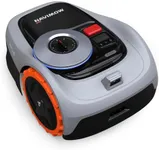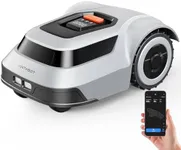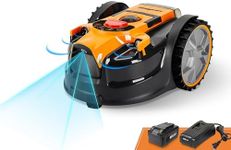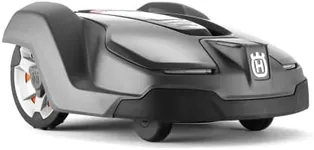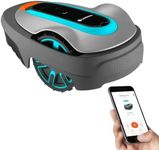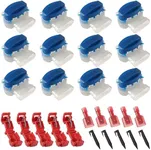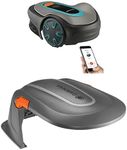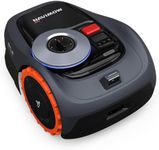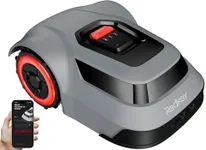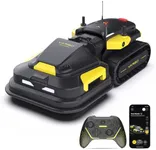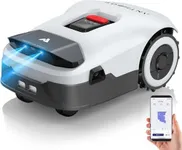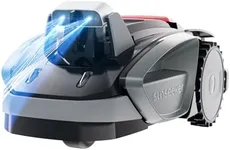Buying Guide for the Best Lawn Robot
Choosing the right lawn robot can make maintaining your lawn much easier and more efficient. Lawn robots, also known as robotic lawn mowers, are designed to automatically mow your lawn, saving you time and effort. When selecting a lawn robot, it's important to consider several key specifications to ensure you get the best fit for your needs. Understanding these specifications will help you make an informed decision and choose a model that suits your lawn size, terrain, and personal preferences.Lawn Size CapacityLawn size capacity refers to the maximum area that the lawn robot can effectively mow. This is important because you want to ensure that the robot can handle the size of your lawn without needing frequent recharges or manual intervention. Lawn robots are typically categorized by their capacity: small (up to 0.25 acres), medium (0.25 to 0.5 acres), and large (over 0.5 acres). To pick the right one, measure your lawn and choose a robot that can cover slightly more than your lawn's area to ensure efficient operation.
Battery Life and Charging TimeBattery life indicates how long the lawn robot can operate on a single charge, while charging time is how long it takes to recharge the battery. These specs are crucial because they determine how often the robot will need to return to its charging station and how long it will take before it can resume mowing. Longer battery life and shorter charging times are generally better. If you have a larger lawn, look for a model with a longer battery life to minimize downtime. For smaller lawns, shorter battery life may be sufficient.
Cutting Width and HeightCutting width is the width of the path that the lawn robot cuts in a single pass, and cutting height is the adjustable height at which the grass is cut. A wider cutting width means the robot can mow the lawn faster, which is beneficial for larger lawns. Cutting height is important for maintaining the health of your grass; different grass types and seasons may require different cutting heights. Choose a model with a cutting width that matches your lawn size and offers adjustable cutting heights to suit your grass type and seasonal needs.
Navigation and Mapping TechnologyNavigation and mapping technology refers to how the lawn robot moves around your lawn and avoids obstacles. Advanced models use GPS and sensors to create a map of your lawn and navigate efficiently, while basic models may follow a random pattern. This spec is important for ensuring thorough and efficient mowing. For complex lawns with many obstacles, choose a model with advanced navigation and mapping technology. For simpler, open lawns, a basic model may suffice.
Slope HandlingSlope handling indicates the maximum incline that the lawn robot can manage. This is important if your lawn has hills or uneven terrain. Lawn robots are typically rated for different slope percentages: low (up to 20%), medium (20-35%), and high (over 35%). To pick the right one, assess the steepest parts of your lawn and choose a model that can handle those inclines. For flat lawns, slope handling is less critical.
Noise LevelNoise level refers to how loud the lawn robot is while operating. This is important if you have close neighbors or prefer a quieter environment. Noise levels are measured in decibels (dB), with lower numbers indicating quieter operation. If noise is a concern, look for models with lower dB ratings. For those who don't mind a bit of noise, this spec may be less important.
Smart Features and ConnectivitySmart features and connectivity include options like smartphone app control, scheduling, and integration with smart home systems. These features add convenience and allow you to control and monitor your lawn robot remotely. If you value technology and convenience, look for models with robust smart features. If you prefer a more hands-off approach, basic models without these features may be sufficient.
